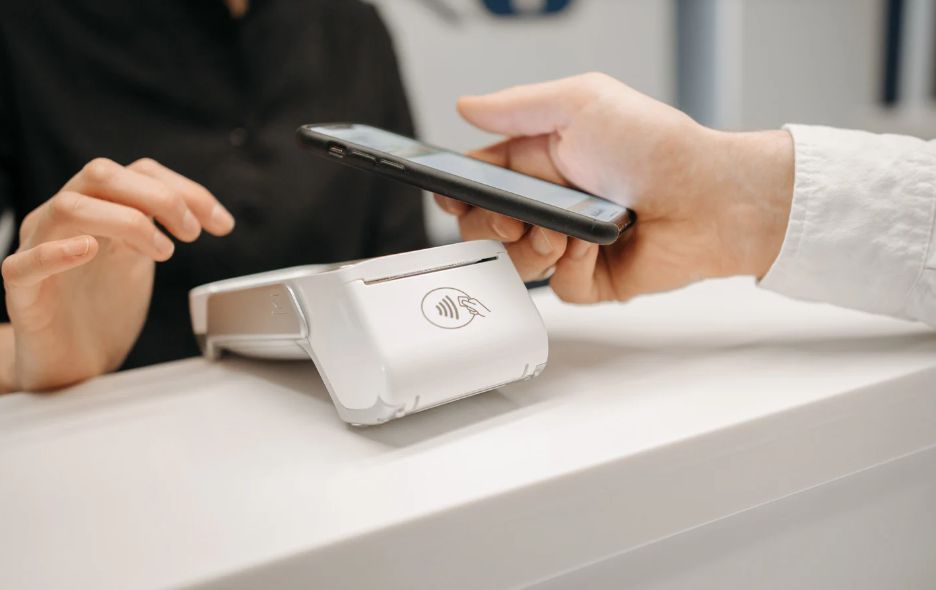In today’s fast-paced financial world, efficiency and convenience define the direction of mobile banking services. Recently, I had a personal experience that clearly highlighted the contrast between modern technology and traditional payment methods. It also gave me a glimpse into where the industry is headed.
While waiting at the checkout line, the customer in front of me chose to pay with a paper check. That moment reminded me just how far financial technology has come—and why innovation must continue. Some people still use outdated tools like checkbooks. Meanwhile, many others rely on contactless payments, digital wallets, and instant peer-to-peer transfers. Surprisingly, even the quick tap-and-go card payment now feels slow to younger, tech-savvy consumers.
This small event led to an insightful conversation with a colleague. We began discussing a critical question: What does the future of mobile banking really look like?
The Evolution of Banking: From Manual to Digital-First
During a discussion with a Chief Innovation Officer at one of America’s largest banks, I uncovered several trends that are transforming mobile banking globally. These trends point to a smarter, faster, and more customer-focused future.
1. Self-Service and Speed Are Now Essential
Today’s consumers expect full control over their transactions anytime and anywhere. Consequently, banks now focus on improving user experience through self-service features and instant support. This approach is no longer optional—it has become necessary to remain competitive.
2. Biometric Authentication Is Replacing Cards and PINs
Banks are gradually replacing traditional debit and credit cards with biometric tools. Technologies like fingerprint scanning, facial recognition, and voice verification are becoming more common. For example, cardless ATMs now use your fingerprint and a temporary PIN sent to your smartphone. These tools offer both security and speed.
3. Digital Wallets Are Taking Over Physical Wallets
Apps like Apple Pay, Google Pay, and proprietary bank apps now serve the role of physical wallets. Carrying a leather wallet may soon seem as outdated as using a floppy disk. Digital wallets make payments simpler, faster, and safer.
Blockchain: The New Backbone of Transactions
Blockchain has become one of the most influential technologies in recent years. Although it’s often associated with cryptocurrencies, it holds enormous potential for traditional banking as well.
Unlike typical systems, blockchain offers secure, transparent, and tamper-resistant records. In mobile banking, this technology enables:
- Direct peer-to-peer transfers without third parties
- Faster, low-cost transactions
- Increased data security through advanced encryption
For instance, when my colleagues and I split a lunch bill using our phones, the payment still went through a third-party app. However, a blockchain-powered system could process that transfer directly, instantly, and more securely.
Cost Efficiency Through Smart Infrastructure
Fortunately, these innovations rarely lead to higher fees for customers. Most banks have already invested in the infrastructure required to support mobile banking upgrades. As a result, new applications often reduce operating costs. They streamline workflows and lower the need for manual support.
Therefore, banks can save money while offering better services. This dual benefit allows institutions to improve profit margins and client satisfaction at the same time.
Behavioral Risks: Convenience vs. Self-Control
Despite these advantages, easier banking comes with psychological risks. Human behavior can shift quickly when transactions become effortless. The “lizard brain”, a part of the brain that drives impulsive actions, may lead people to spend without thinking.
That’s why financial education is more important than ever. Consumers need the right knowledge and tools to engage their rational mind. This helps them resist temptation and maintain control over their finances.
A Glimpse into the Future: The Mind Transfer Process
To close, let’s imagine a futuristic scenario—one that isn’t completely impossible. It’s called the Mind Transfer Process (MTP). This concept involves a smart earbud that reads your thoughts and sends commands to your smartphone.
Imagine thinking, “Bank, transfer $20 to Tony from checking,” and the app processes it instantly. There’s no screen to tap, no button to press. While it sounds like science fiction, history shows that today’s fantasies often become tomorrow’s reality.
Toward Smarter, More Human-Centered Banking
Digital transformation in banking is not just about technology. It’s also about how people adapt to it. The future promises greater speed, convenience, and security—but also demands responsibility.
As a financial professional, I believe innovation will continue to drive competitive advantage. Ultimately, those who adapt fastest will lead the way.
